An exclusive tailor made trip staying in some of Bhutan’s best accommodation and taking in the main highlights of Bhutan. Tailored for those who prefer to take a slower more immersive pace.
Best Time to visit: Mar – Nov
Highlights: Punakha Festival (February), Paro Festival (March/April), Thimphu Festival (Sept/Oct), Black Crane Festival (Nov)
Overview
This exclusive tailor-made tour takes you on a serene journey through Bhutan, staying in some of the country’s finest accommodations while immersing yourself in its rich cultural and natural wonders. Designed for travelers who prefer a slower, more thoughtful pace, the tour begins in Thimphu, Bhutan’s vibrant capital, where you’ll explore ancient monasteries, visit the bustling local markets, and experience Bhutan’s unique blend of tradition and modernity.
From there, travel to Punakha, home to the majestic Punakha Dzong, set at the confluence of two rivers. Depending on your visit, you may witness the colorful Punakha Festival in February, a celebration filled with masked dances and spiritual rituals. Next, head to the tranquil Phobjikha Valley, a stunning glacial valley known for its breathtaking scenery and as the winter home of the endangered black-necked cranes. If you visit in November, you can experience the magical Black Crane Festival, celebrating the return of these rare birds.
Finally, your journey ends in Paro, a town rich in history and spirituality, where you’ll visit the iconic Tiger’s Nest Monastery, perched high on a cliffside. The tour can be timed to coincide with Bhutan’s most vibrant festivals, including the Paro Festival in March/April or the Thimphu Festival in September/October, offering an unforgettable immersion into Bhutan’s culture, spirituality, and spectacular landscapes.
4o
Immersive Bhutan
AM: Arrive Paro airport, transfer to Thimphu
PM: Sightseeing will begin today depending on flight arrival time or relax and recuperate from travel
Airport – Thimphu: 50km (45mins)
This morning you will get straight out into Bhutan’s stunning natural environment on a 9k nature trail walk from Changangkha (can adapt length of hike to suit!)
Here you will visit the largest Buddha statue (Kuenselphodrang).
Later on explore the Traditional School of Arts & Craft, where the intricate artistry of Bhutanese craftsmanship comes to life. Witness the dedication of the students as they preserve and showcase the traditional arts of Bhutan.
Afterwards visit the Takin Zoo to witness Bhutan’s national animal, the Takin, in its natural habitat.
Then soak in the local atmosphere as you wander round the craft bazaar and textile museum and enjoy some free time.
Conclude your day with a late afternoon visit to Tashichhodzong, a majestic fortress that serves as the seat of the Bhutanese government.
More about Thimphu
Thimphu, the national capital is located in the western region and is the most diverse and populated city in Bhutan. The city contains various important institutions such as parliament buildings, government offices and financial institutions making it the financial hub. It is also where royal family members of the Wangchuck Dynasty reside.
Popular Attractions:
Tashichoe Dzong: A castle-like structure that stood as a defensive fortress (each district has a fortress). Tashichoe Dzong now serves as home of the Golden Throne and offices of the king as well as the summer residence of the Chief abbot.
Buddha Dordenma Statue: A 54m high statue of Buddha built in 2015 to commemorate the 60th birthday of the 4th king of Bhutan and dedicated to bring peace to the world. It is one of the largest statues of Buddha in the world that also contains a hundred thousand smaller statues inside.
The National Library: a collection of precious texts and literature of the country including xylographic printing blocks.
Textile Museum: A display of various textile productions from all over Bhutan including exquisite vintage garments of the royal family.
Folk Heritage Museum: A traditional 3-story house exhibiting artifacts and tools of the Bhutanese culture.
The National Institute for Zorig Chusum: A traditional arts and crafts school that trains in 13 arts and craft of Bhutan i.e. traditional painting, bamboo craft, embroidery, paper making, etc.
Craft Bazaar: a street of shops with authentic Bhutanese arts and crafts.
Takin Zoo: A wildlife preservation area for the national animal of Bhutan, the Takin
Pangrizampa School of Astrology (Buddhist): Founded in the 16 th century, it is the only traditional college of Buddhist astrology
Climate: Cool
Start your day with a picturesque drive from Thimphu to Punakha, covering 74km in just 2 hours.
As you ascend through the majestic Dochula Pass, situated at an elevation of 3,100 meters, be prepared to be awestruck by the panoramic views of the eastern Himalayan range. The pass is adorned with 108 stupas and is a perfect spot to capture the breathtaking beauty of Bhutan.
Chimi Lhakhang – The Temple of Fertility:
Next, delve into the cultural richness of Bhutan by visiting Chimi Lhakhang, affectionately known as the Temple of Fertility. Nestled amidst rice fields, this temple dedicated to Drukpa Kunley, the Divine Madman, is revered for its unique phallic symbols believed to bless couples with fertility. The journey to the temple is as enchanting as the destination itself.
After your morning adventures, check into your hotel and take a moment to unwind. Punakha offers a serene ambiance that allows you to recharge before further exploration.
Punakha Dzong:
In the afternoon, immerse yourself in the grandeur of Punakha Dzong, situated at the confluence of the Pho Chhu (father) and Mo Chhu (mother) rivers. Marvel at the intricate architecture of this fortress, which holds significant historical and cultural importance in Bhutan.
Suspension Bridge:
For those seeking a touch of thrills, visit the famous suspension bridge nearby. Spanning the Mo Chhu river, this suspension bridge offers spectacular views of the Punakha Valley. Feel the gentle sway as you take in the natural beauty surrounding you.
Climate: Warm
Embark on an exhilarating day filled with hiking, river rafting, cultural activities, and moments of pure bliss in the heart of Punakha (tailor made so can be adapted to your interests)
Hike to Khamsum Yulley Chorten:
Embark on a morning hike to the enchanting Khamsum Yulley Chorten. This hidden gem sits atop a ridge and rewards hikers with not only panoramic views of the Punakha Valley but also the chance to marvel at intricate Bhutanese architecture. The serene surroundings make this hike a perfect start to an adventurous day.
River Rafting Adventure:
After the hike, get ready for an adrenaline-pumping river rafting experience. Navigate the lively waters of the Mo Chhu River, surrounded by lush greenery and the rugged beauty of Bhutan. Whether you’re a seasoned rafter or a first-timer, the thrill of the river will leave you invigorated,
Picnic Lunch by the River:
Following your river adventure, relish a well-deserved picnic lunch by the riverside. Enjoy local delicacies amidst the natural beauty of Punakha, creating a perfect balance between adventure and relaxation.
Archery, Bhutan’s National Game:
Engage in a cultural experience by trying your hand at archery, Bhutan’s national game. Receive expert guidance and immerse yourself in this traditional sport. The twang of the bowstring and the thrill of hitting the target make for an unforgettable cultural encounter.
Relax and Reflect:
As the day winds down, find a tranquil spot by the river to reflect on the day’s adventures. Whether it’s basking in the warm glow of the sun or listening to the gentle flow of the river, take a moment to appreciate the natural wonders that surround you.
This morning take a scenic drive from Punakha to the serene alpine valley of Phobjikha, covering 82km in approximately 2 hours.
Wangduephodrang Dzong:
Begin your cultural exploration of the valley with a visit to the historic Wangduephodrang Dzong. Marvel at the intricate architecture and absorb the historical significance of this fortress that stands proudly along the Punakha River. The panoramic views add a touch of grandeur to your morning.
Gangtey Monastery:
In the afternoon, delve into the spiritual ambiance of Gangtey Monastery. Perched on a ridge, this monastery offers stunning views of the Gangtey Valley. Explore the monastery’s serene surroundings and gain insight into Bhutanese Buddhism.
Royal Society for Protection of Nature:
Buddhism is closely linked with protection of the natural world to which we are all connected. Connect with Bhutan’s commitment to environmental conservation at the Royal Society for Protection of Nature. Learn about their efforts in preserving the unique biodiversity of Bhutan and the Black-Necked Cranes that inhabit the Phobjikha Valley.
Horse Riding Adventure:
Embark on a short easy horse riding adventure, exploring the picturesque landscapes of Phobjikha. Whether you’re a seasoned rider or a novice, the tranquility of the valley and the rhythmic sound of hooves make for an unforgettable experience.
Bonfire Delight:
Finally as the day winds down, gather around a cozy bonfire. Share stories, savor local delicacies, and let the warmth of the fire complement the cool mountain air. The crackling flames create the perfect ambiance for a memorable evening.
Closing Thoughts:
Phobjikha, with its cultural gems and natural wonders, sets the stage for a day of exploration and tranquility. Whether you’re absorbing the history of ancient dzongs, connecting with nature, or enjoying the warmth of a bonfire, every moment in Phobjikha is an invitation to savor the beauty of Bhutan’s famous mountain valley.
Altitude: 3000 m (Phobjikha Valley)
Climate: Alpine
Begin your day with a cycling tour through the enchanting landscapes of Phobjikha Valley. Pedal through picturesque meadows, charming villages, and enjoy the crisp mountain air. The serene beauty of the valley unfolds as you explore its hidden gems on two wheels, offering a unique perspective of Bhutan’s natural wonders.
Spa/Herbal Hot Stone Bath:
This afternoon indulge in a rejuvenating afternoon at a spa, where you can unwind with a herbal hot stone bath. Let the therapeutic properties of traditional Bhutanese herbs and warm stones melt away any tension, providing a tranquil respite for your body and mind. The soothing atmosphere and skilled therapists create a sanctuary for relaxation.
This morning enjoy the scenic drive to Paro, covering a distance of 170km in approximately 5 hours. Let the winding roads treat you to the picturesque landscapes of Bhutan, as you make your way back to the charming town of Paro.
Afternoon Exploration: National Museum of Bhutan:
Kick off your afternoon with a visit to the National Museum of Bhutan, housed in the Ta Dzong, an ancient watchtower. Immerse yourself in Bhutanese history and culture as you explore the fascinating exhibits, artifacts, and artworks that offer insights into the kingdom’s rich heritage.
Stroll Around Paro Town:
Conclude your day with a leisurely stroll through the quaint streets of Paro town. Admire the traditional architecture, explore local shops, and perhaps find a cozy cafe to relax. Paro’s charm lies in its simplicity, and every corner unveils a piece of Bhutanese culture.
Closing Thoughts:
As you meander through Paro, reflecting on your journey from Punakha, take a moment to soak in the ambiance of this historical town. The fusion of cultural exploration, local encounters, and the serene beauty of Bhutan creates memories that linger long after the journey ends.
Today is a full day excursion to hike to the iconic Tiger’s Nest Monastery.
More about Paro:
Only 50kms from the capital city, Paro is home to the only international airport of Bhutan (Paro International Aiport – Code:PBH).
The town is known for its many historic sites and Buddhist monuments, including the most famous icon of Bhutan, Paro Taktsang, translated as the Tigers Nest Monastery.
Besides historical monuments, Paro is also known for its beautiful paddy fields that harvest the best of quality of red and white rice in all of Bhutan.
Popular Attractions:
Paro Rinpung Dzong: Fortress of Paro that houses the monastic body of Paro and administrative offices.
Taktshang (Tigers Nest Monastery): a distinct symbol of Bhutan, the Taktshang monastery is perched on a cliff and takes about 2hrs hike to reach the top.
National Museum: a historical watchtower now converted into a museum showcasing history and the culture of Bhutan.
Drukgyel Dzong: a fortress built in 1649 to honor the victorious war against Tibetan invaders. Almost burnt to ground in 1950, the dzong has been now restored after nearly five decades.
Kyichu Lhakhang: One of the oldest temples in Bhutan built in the 7th century by a Tibetan emperor.
Tara Monastery: a modern day temple dedicated to the Buddhist goddess Tara overlooking the beautiful valley of Paro.
Chele La Pass: the highest mountain pass in Bhutan at 3988m between Paro and Haa.
Climate: Cool
After breakfast, relax until departure to the airport (dependant on flight time).
The Trip Cost Includes
- Pick-up or Drop-off service from and to Airport(in our own vehicle)
- Transportation to and from!!
- Food all along the trip(Breakfast, Lunch, Dinner and a cup of coffee or tea) and accommodations during the trip in hotels with family environment
- Transportation, food, accommodation and insurance of Guide during the trip
- Down jacket, all-season sleeping bag, duffel bag and trekking map(in case if you don’t have your own. Down jacket, sleeping bag and duffel bag must be returned after completion of the trip)
- First Aid Medical Kit(Your guide will carry the Medical Kit but we also advise to bring yourself for your own use, as far as possible)
- All the required permits and paperwork
The Trip Cost Excludes
- International Airfare
- Visa Charges
- Hotel Expenses(In Kathmandu, some packages do include hotel expenses)
- Your travel and medical insurance
- Personal Expenses such as shopping, bar bills, hot shower, telephone, laundry, titbits etc
- Food and accommodations in Kathmandu
- Services not mentioned or not promised by the agent/agency
- Emergency expenses such as expenses on chartered helicopter.
Frequently asked Questions
Annapurna Base Camp is a Grade B or a moderately difficult trekking route. So any fit person can do this trek, even if you do not have any previous experience. You should be aware of what to expect and mentally prepare for it. Then, as long as you will to, you can.
On average, you walk about 4 to 6 hours per day. One or two days can be as less as 3hrs and one or two days can be as long as 7hrs.
The highest altitude reached is 4190m. This is the elevation of Annapurna Base Camp. ABC is the highest we will climb in this trek.
Yes, you can charge batteries en route. Charger should be brought. There are hot shower facilities as well. You may have to pay certain amount for both ($1-$2). Negotiate. Also, hot water facility could be free at lower elevation.
No. There are no ATMs on this trek route. You will have to draw enough cash in Pokhara or Kathmandu. There are a number of ATMs in these cities. Everything is paid in Nepali rupees. So money should be exchanged before the start of the trek.

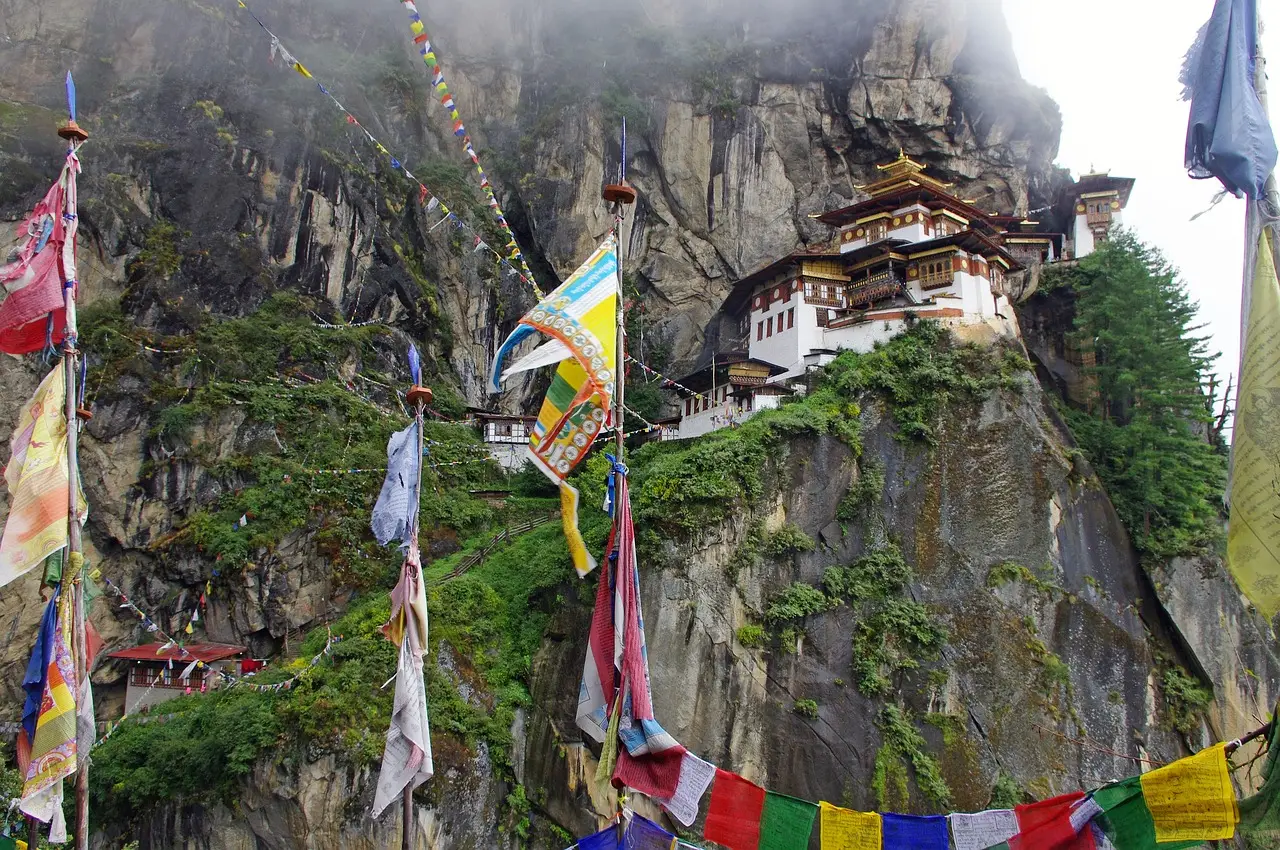
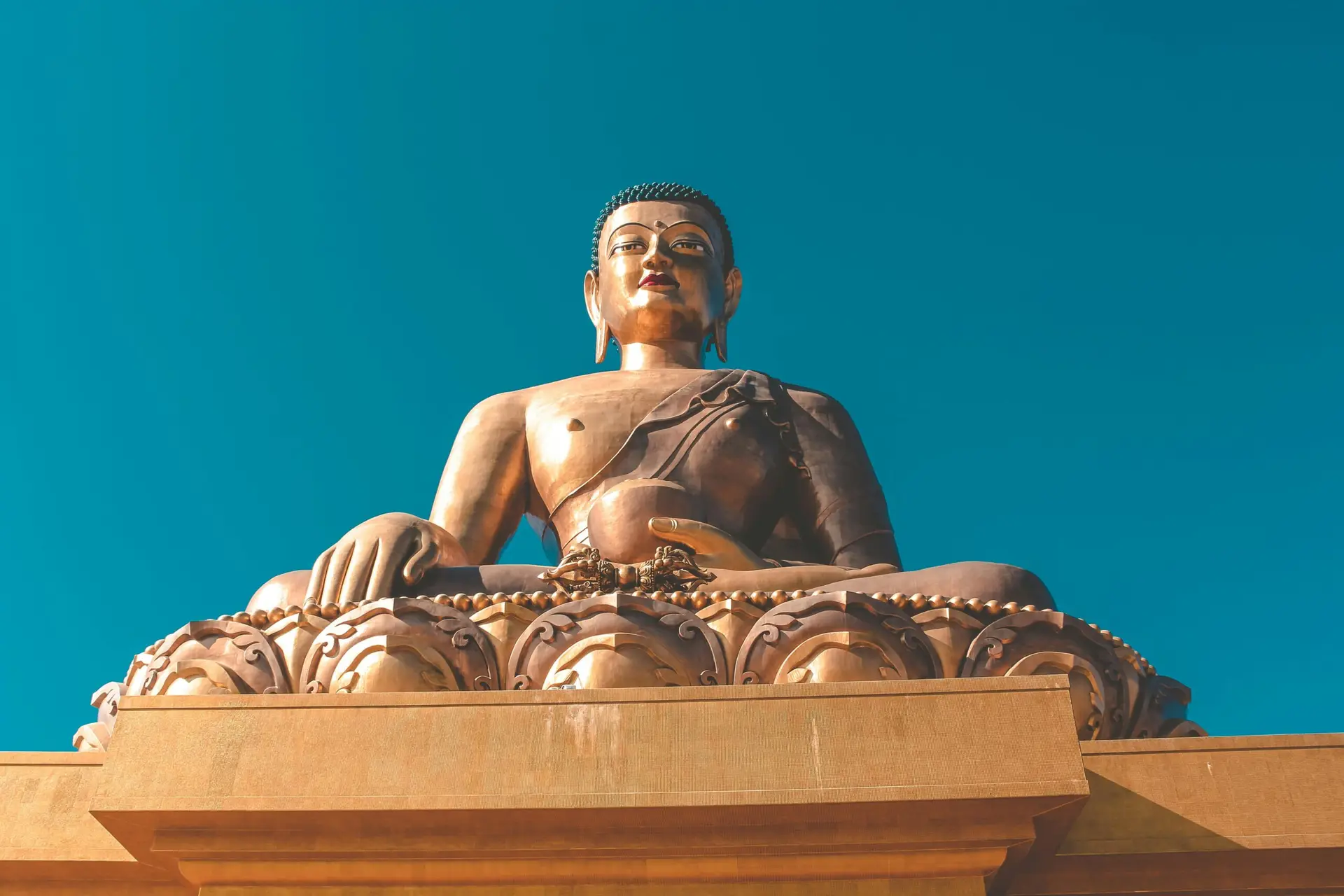

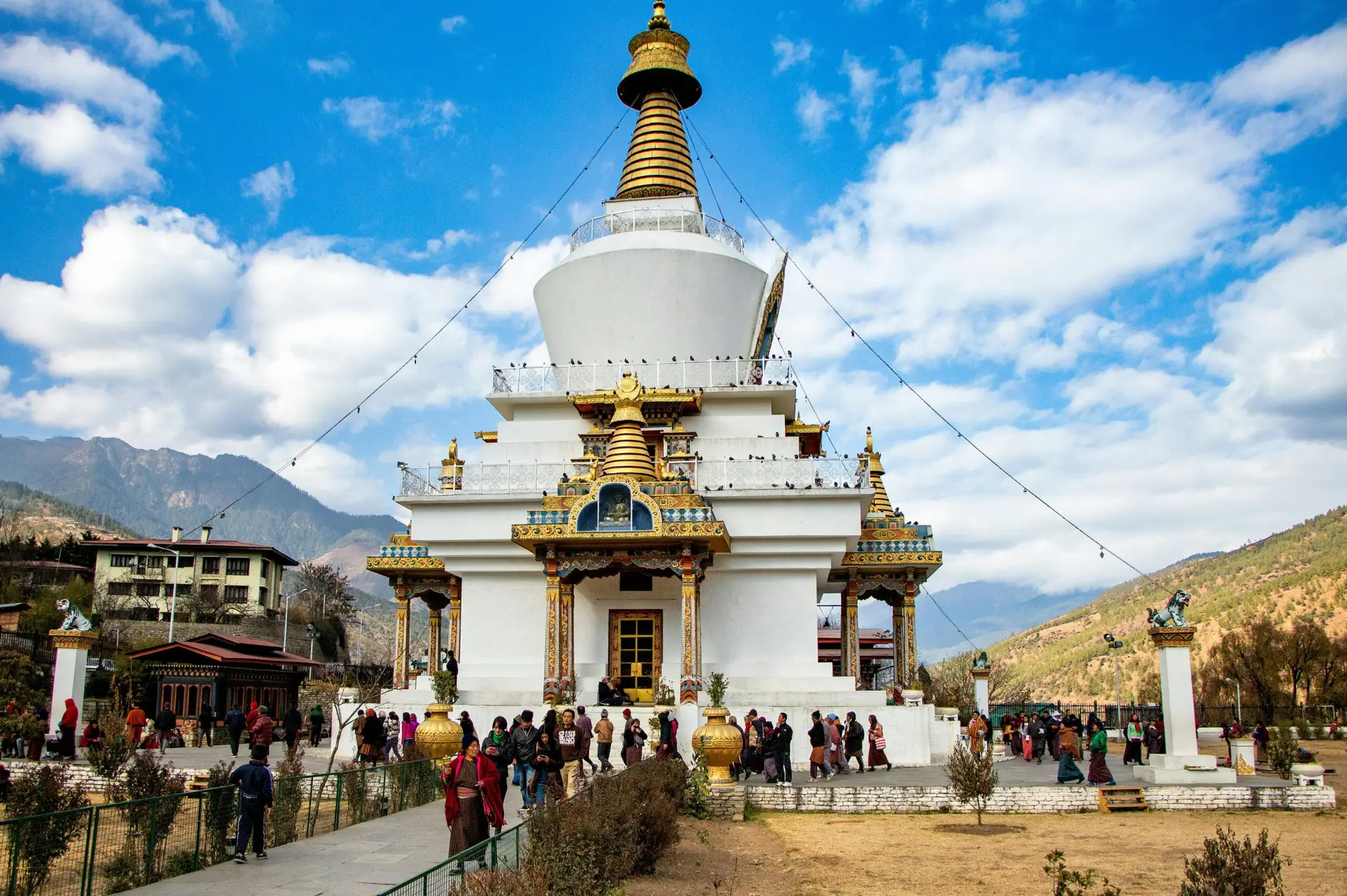
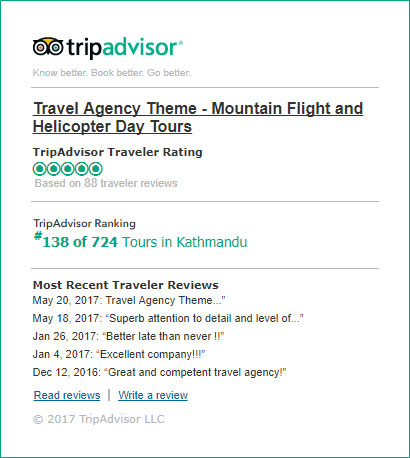
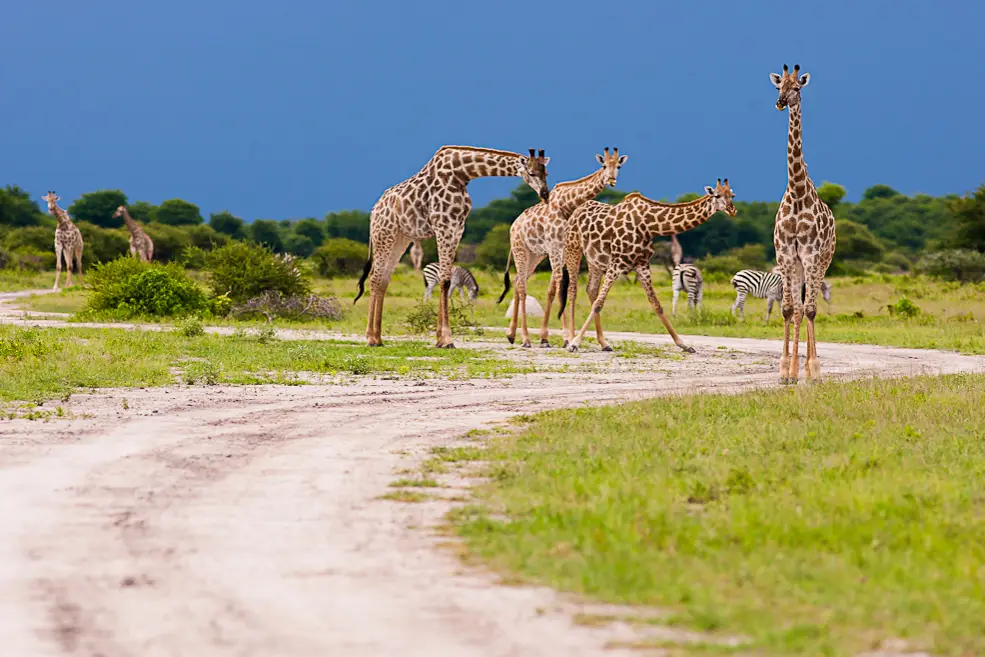

Write a Review